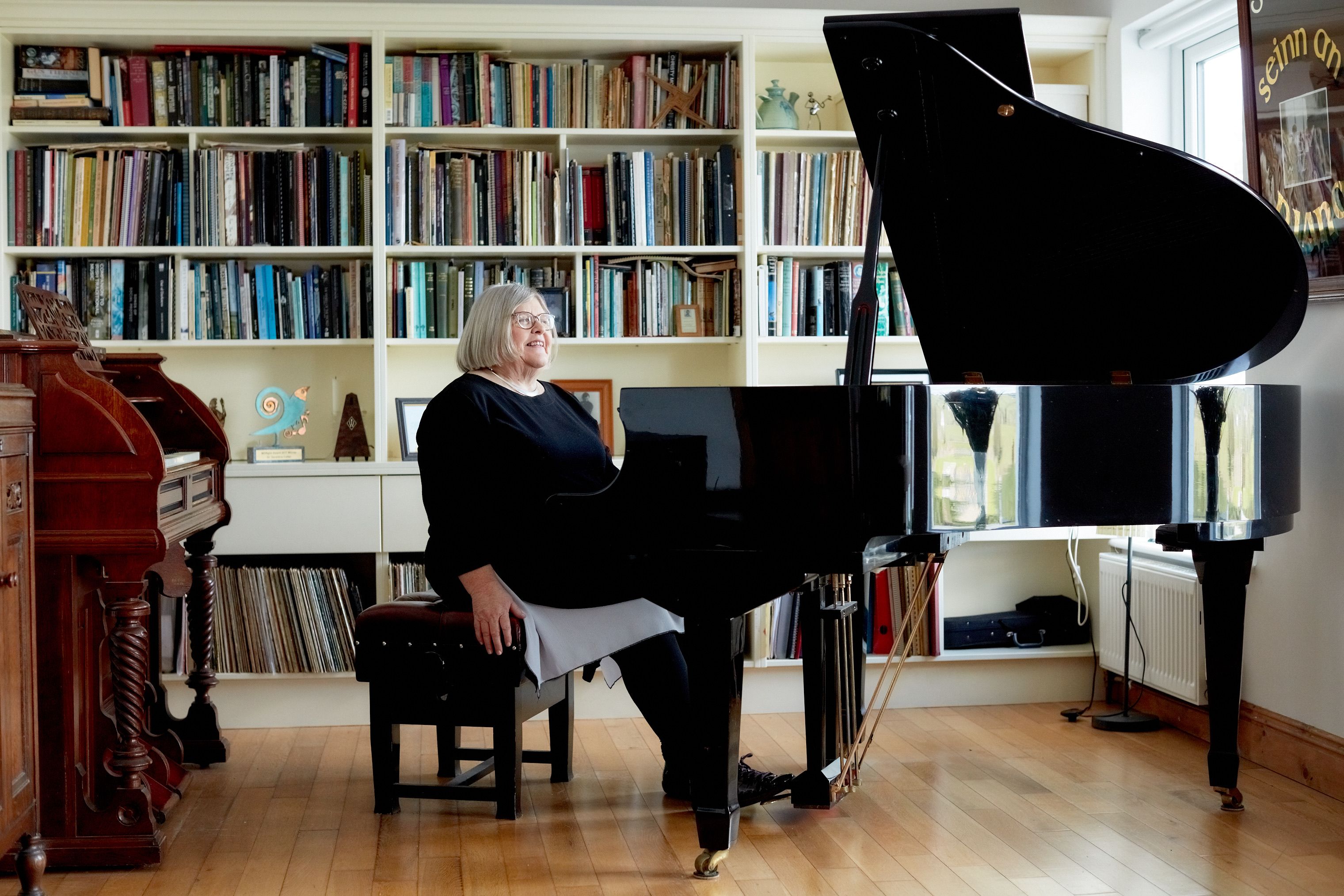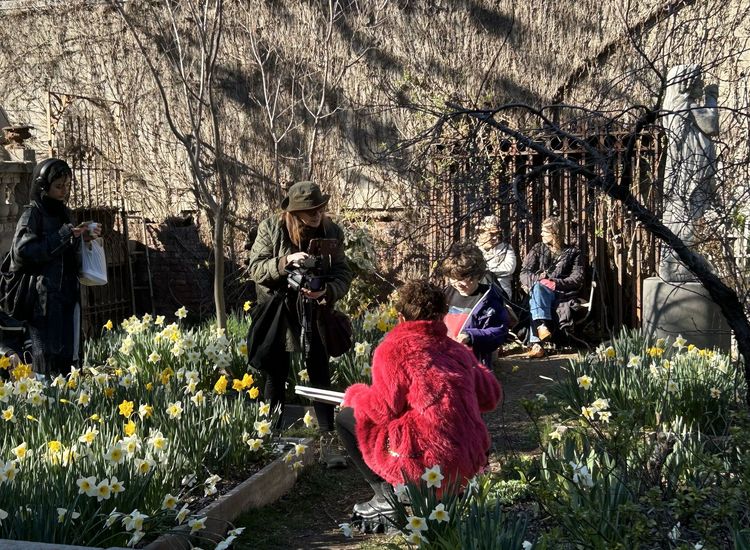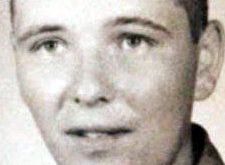Folks, it’s the week of June 26. And so, the Catskills Irish Arts Week, which runs July 16-22, is fast approaching – have you registered yet? If not, it’s time to do so. Paul Keating, who has returned to his longtime role as artistic director, has some great things in store, and the staff, which includes a large number of name brand instructors, many of whom are coming over from Ireland, is incredible. If you’re interested in getting in on the craic, head over to the website here and jump on board the CIAW train – you’ll be glad you did!
In the media player this week is “Ré Órga,” the new album from piano player Geraldine Cotter, a name that should be familiar to readers of this column. A piano and tin whistle player, she been a member of Shaskeen and the Boruma Trio, and she also appeared relatively recently on Mary MacNamara & Sorcha Costello’s album “The Lady’s Cup of Tea.” (Incidentally, both MacNamara and Costello will be teaching at CIAW this year!) In 2017, she received the MÓRglor award from Glór Theatre, Ennis, which gave her the inspiration and support necessary to complete this fascinating and quite beautiful project.
The album includes 16 tracks of original and traditional material arranged for piano, reed organ, and ensemble. Cotter, of course, features on piano and reed organ, but she’s joined by a bunch of very fine musicians whose contributions give the material she’s put forth here exceptional depth. These folks include Meadhbh Hendrie (fiddle), Grainne Cotter (fiddle), Eamonn Cotter (flute), Cillian Boyd (flute, whistle), Neil O’Lochlainn (bass) Matthew Berrill (clarinets, saxophone), Oisín Boyd (electric guitar), John Boyd (guitar), and Jack Talty (concertina).
In her liner notes, Cotter introduces us to the direction the music on this album takes. “My work is deeply rooted in Irish traditional music,” she explains, “but it is also informed by the harmonic languages of jazz and classical music. This recording features a miscellany of my many influences and approaches, expressed through new compositions, my interpretations of existing traditional dance tunes, arrangements of archival material and arrangements of tunes on reed organ and piano.”
Within this, Cotter runs a gamut of musical looks. Tracks like “Johnny Cope” and “Blackberry Blossom and Miss Thornton’s” are played on the piano in fairly straightforward fashion. They’re lovely airings of dance tunes which remind me (and surely nobody else) of the piano rolls the great pianist, composer, and bandleader Dan J. Sullivan made as the Irish recording industry got its footing, just after the Rising.
Then, there’s a track like "Maidin Aoibhinn Aerach,” which has a bit of this same straightforward feeling but with some added arrangement. An upright bass fills out the bottom end and complements the piano beautifully. Later on in the track, a sunny flute provides an additional layer of complexity.
There are, too, tune tracks like “Miss McLeod’s” and “Hole in the Hedge,” which are more impressionistic. They remind me of 19th-century compositions that were pastoral in inspiration. Cotter, however, adds harmonic touches, and in “Hedge,” a modulation, that draw on what I would consider a mid-20th century sensibility. (There’s a moment in “Hedge” that even reminds me a bit of something The Gloaming might do, too.)
Other tracks feature the reed organ, and on most, Cotter again works through traditional tunes in a few different ways. Her approach to “The Drunken Gauger” is fairly straight. The reed organ conveys a kind of “carousel” vibe, but that changes with the entry of a clarinet. The result is unfamiliar in instrument pairing but fabulous. “An Gaoth Ainar Aneas and Patsy Geary’s” is another example. Here, the game is all in the harmonies, which are lush and trance-inducing. This effect is highlighted when a flute comes in to take over the melody. Just lovely.
One of the album’s real highlights for me is “Caoineadh Bean Uí Chiarraí,” played on reed organ with whistle accompaniment. It’s a stunning tune to begin with, but Cotter successfully draws out its dramatic moments, particularly through the tasteful use of the organ’s bass. The track is visceral in experience and quite moving in its execution.
The album also includes several original pieces, including "Do Chiarán” and “Light the Candle.” Both are gorgeous, the former being dark in tone and anguished in mood, accentuated by an expressive electric guitar overlay. Like other tracks, the latter has a romantic, almost pastoral feel and is sparse in arrangement but filled with subtle harmonic nuance.
The album’s centerpiece, however, is “Ré Órga,” the album’s title track. The product of her feelings about being awarded the MÓRglor, Cotter explains its genesis in the album’s liner notes: “I began to reflect on how I had reached a point in my life where someone thought that I was worthy of this honor. […] Ennis in the 1970s was a golden age to have been a budding musician. As I reflected, I began to improvise on the piano and over a few months, pieces began to emerge which I ultimately linked together and titled Ré Orga (golden age), the title track of the album.”
This piece has a very episodic, almost cinematic feel that unfolds in three parts. It feels unique and is wonderful to listen to, but as the album’s first track, it does an excellent job foreshadowing the rest of the album’s works. It’s a musical tour de force.
Based on the other material I’ve heard of hers – particularly the Boruma Trio – “Ré Órga” is not the album I expected it to be. Yes, it’s clearly connected to her other work in the sense that much of the album is built around traditional dance music, which makes it enjoyable to just have on. But there’s a level of sophistication, nuance, and experimentation in the composition and arranging that rewards a close listen. The only other recent recording that I can think of that compares is Seamus McGuire’s “An Irish Viola / Viola Gaelach,” which has a similar level of sophistication and execution. If you’re a fan of that album, this is definitely one to check out, but this is an excellent album that will appeal to anyone who loves traditional music. To learn more and purchase, visit Raelach Records here.








